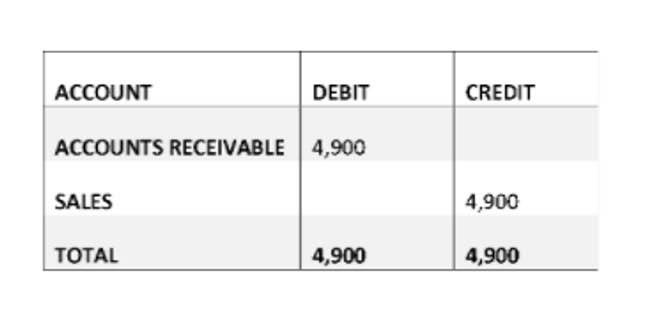
This is often heavily negotiated because, in industries like manufacturing, the provenance of their assets comprise a major part of their company’s top-line worth. At this point, the company has all the information it needs to calculate each year’s depreciation. It equals total depreciation ($45,000) divided by useful life (15 years), or $3,000 per year. This is the most the company can claim as depreciation for tax and sale purposes. Depreciation measures an asset’s gradual loss of value over its useful life, measuring how much of the asset’s initial value has eroded over time. An unfortunate part of driving is the possibility of a collision that’s severe enough to write off your car as a total loss.
Method Of Depreciation
- Let’s consider an example of a manufacturing company that owns a piece of machinery.
- If you can get the car checked out by a reliable mechanic to confirm it is safe to drive, then a salvage title vehicle could be the right purchase.
- However, in other cases, the residual value of the assets by the end of their life costs less to discard the assets.
- This ensures a precise calculation of depreciation expenses, which ultimately impacts the estimated salvage value.
- This value affects the amount of depreciation reported each year during the asset’s life.
Next, the annual depreciation can be calculated by subtracting the residual value from the PP&E purchase price and dividing that amount by the useful life assumption. This can be done by using trial and error, interpolation, or a financial calculator. Internal rate of return (IRR) is the discount rate that makes the NPV of a project equal to zero. It represents the average annual return of the project over its life span. A higher IRR indicates a more profitable project, while a lower IRR indicates a less profitable project. However, determining the exact value of a salvage vehicle often requires some legwork.
Inventory Management for Small Businesses: Best Ways

Market value fluctuates based on supply and demand, whereas residual value is predetermined at the time of asset purchase or lease agreement. To calculate residual value, start with the asset’s original purchase price. This is the amount paid when the asset was new, such as the cost of a car, machine, or piece of equipment. The original price provides the starting point for estimating how much value the asset will lose over time. If an asset is sold for more than its adjusted tax basis, the excess is subject to capital gains tax. Conversely, if the sale price is lower than the adjusted tax basis, the difference may be deductible as an ordinary loss, depending on the asset’s classification.
Depreciation Rate:
- Moving on, let’s look through the details of how the salvage value can be used in depreciation calculations.
- If you run a business as an entrepreneur, you must know that all your assets start depreciating over time.
- In the “Asset Age (Years)” field, input the number of years the asset has been in use since its purchase.
- As the salvage value is extremely minimal, the organizations may depreciate their assets to $0.
- To depreciate these assets appropriately, the company may depreciate the net of the cost and the salvage value of the useful life of the assets.
So, instead of selling it to a salvage vendor, they allow you to repurchase your car, get the needed repairs and drive unearned revenue it again. When you deduct between 20% to 40% of that amount, the vehicle’s estimated value ranges from $6,000 to $8,000. There may be additional factors into the percentage above the vehicle repair cost such as rental car charges, part availability, and the type of repair. Companies consider the matching principle when they guess how much an item will lose value and what it might still be worth (salvage value). If a company believes an item will be useful for a long time and make money for them, they might say it has a long useful life.
What are the risks of buying a salvage title car?

It is important to Medical Billing Process consider the salvage value when determining the depreciation expense for each period, as it impacts the overall depreciation calculation. When discussing straight-line depreciation and salvage value, it is essential to consider various perspectives. From an accounting standpoint, salvage value plays a significant role in calculating the annual depreciation expense.
Capital Asset Pricing Model – A Complete Beginners Guide In 2021

This isn’t just the purchase price—don’t forget to include things like installation costs as well. Companies can also get an appraisal of the asset by reaching out salvage value to an independent, third-party appraiser. This method involves obtaining an independent report of the asset’s value at the end of its useful life.

Each approach provides a unique perspective on the residual worth of an asset. By understanding these methods and their implications, businesses can make informed decisions regarding capital expenditure analysis. There are slight similarities between the salvage value and the residual value, and yet there are some differences, too. However, in other cases, the residual value of the assets by the end of their life costs less to discard the assets.


